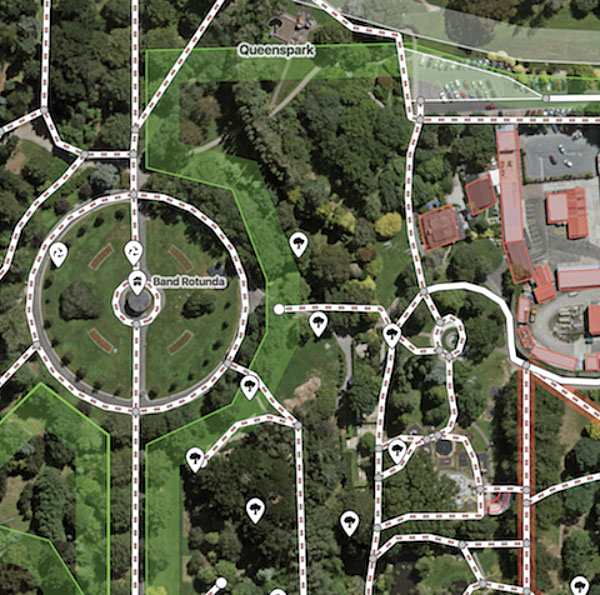Esri’s Satellite Imagery Available to OpenStreetMap Users

Esri is making its global satellite imagery layers available to the more than four million OpenStreetMap (OSM) users directly inside the OSM iD editor. OSM mappers update OSM using satellite imagery as the reference, so it is important that they access the most up-to-date, high-resolution imagery. OSM users will be able to access regularly updated satellite and aerial photography at one meter or better resolution in the continental United States and parts of Western Europe and lower-resolution satellite imagery across the globe from Esri’s World Imagery Service. Access to this service was made possible with the support of Esri’s commercial imagery providers DigitalGlobe, Earthstar Geographics, CNES/Airbus DS, GeoEye, United States Department of Agriculture Farm Service Agency, United States Geological Survey, Getmapping, AeroGRID, Institut Géographique National (IGN), and IGP as well as the contributors to the Community Maps Program.
Clustering Makes Sense of Point Data
If you have ever wanted to map a dataset that has too many points at the scale you wish to use, the clustering capabilities available in ArcGIS Online will help.
A method for simplifying the display of point data, clustering aggregates points interactively. Tightly spaced points are dynamically clustered. Dynamic clustering aggregates points as a single symbol at a small scale, but aggregated symbols separate when selected. Clusters of points are proportionally sized by feature count, which indicates the relative number of items clustered in that location. At larger scales, points are displayed as individual symbols.
Clustering helps you find new patterns in the data that might otherwise be hidden. Along with other tools in ArcGIS Online such as filtering, hot spot mapping, and heat mapping, clustering will help you find meaningful information in point data. The tool you use will depend on the nature of your data and the purpose of your map.
If a feature layer you add to an ArcGIS Online map contains points, the clustering option will appear in the More menu. The slider that appears once the clustering option is chosen allows you to control how much clustering will be applied to the point data. You can also customize cluster pop-ups based on the attribute you want to display, and that can include numeric attributes.
For even more control of the data, clustering can be combined with filtering. Create new attributes from existing data on the fly with ArcGIS Arcade expressions that can be used with clustering. For more information on using clustering, read the Configuring clustering topic in the ArcGIS Online help.
Esri & The Science of Where Podcasts
Esri & The Science of Where Podcast features interviews with thought leaders, industry analysts, technologists, and Esri experts who demystify topics such as digital transformation and share user success stories. Listen to the podcasts or subscribe to the podcast on iTunes, Google Play, Stitcher, or other podcasting apps.
Digital Esri Workbooks Benefit Students
The move from printed textbooks to digital workbooks for instructor-led classes at the Esri Training Center will ensure that training materials keep pace with the more rapid Esri software release cycle and add features like color illustrations and productivity tools that enhance learning while keeping course costs down.
When software releases were measured in years, printed books made sense. Now that software releases happen on a quarterly basis, the speed and ease of updating digital books makes the move to a digital format the best way to keep teaching materials in sync with current versions of Esri software.
To make it easy to refer to digital workbooks during class, Esri is adding a second monitor to each classroom workspace so students can view the digital coursebook on one monitor while following along with the course presentation and interacting with Esri software on the other monitor.
Many organizations have limited training budgets, so Esri tries to keep the cost of instructor-led courses more affordable. Digital workbooks help keep the cost of courses down by eliminating paper costs and costs associated with printing and shipping hardcopy books.
With the digital coursebook, color has become cost-effective. Now maps, diagrams, and charts will appear in color. Features such as search capabilities, text highlighting, digital notes, and bookmarks make it easy to interact with texts and find information. The digital delivery of workbooks also complements more than 400 e-Learning resources in the Esri Training catalog.
At the beginning of each course, students download the digital workbook. At the end of class, students upload their annotated coursebook to the Esri Training website. Coursebooks can be downloaded from the training site to a local drive and easily referenced at any time.

